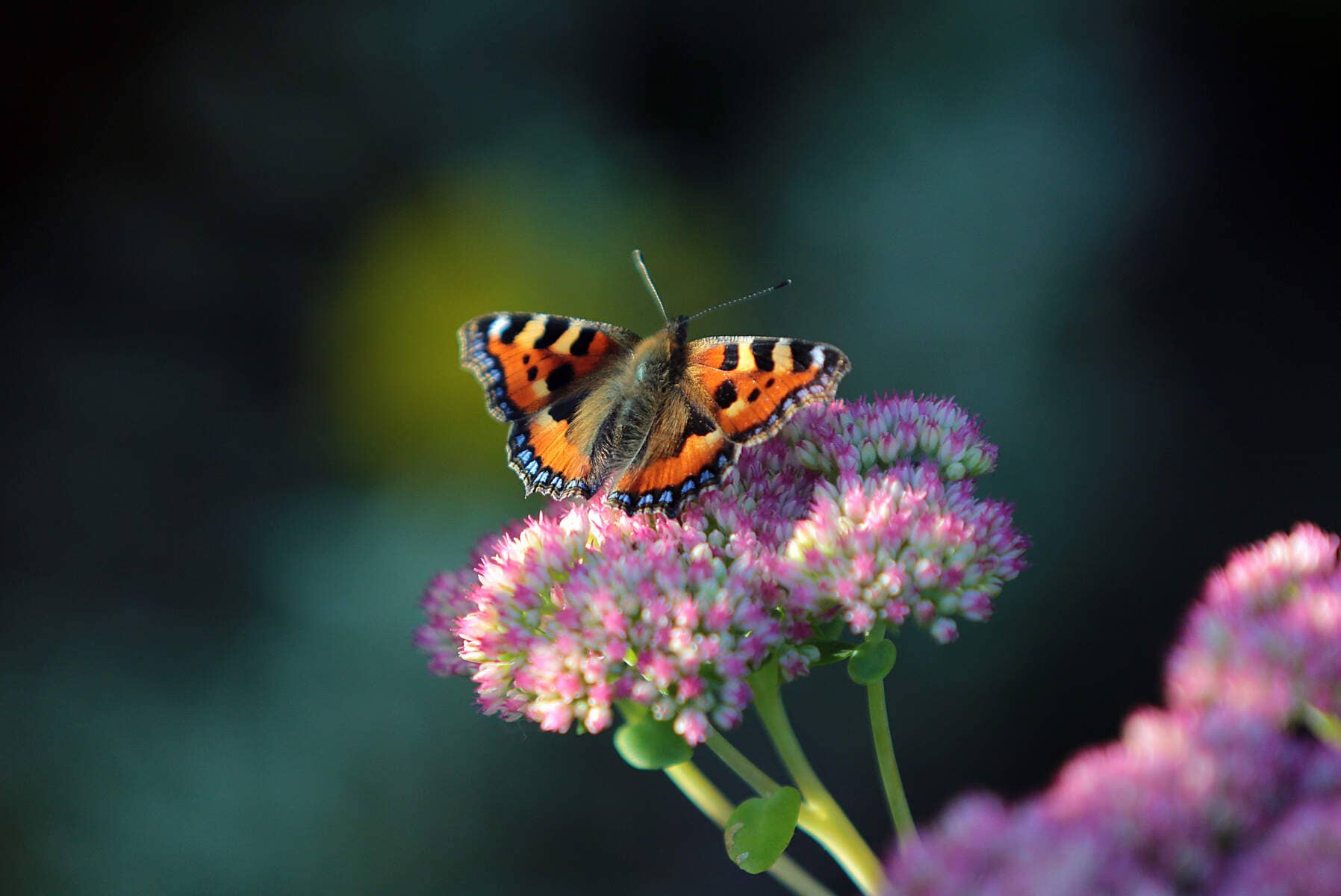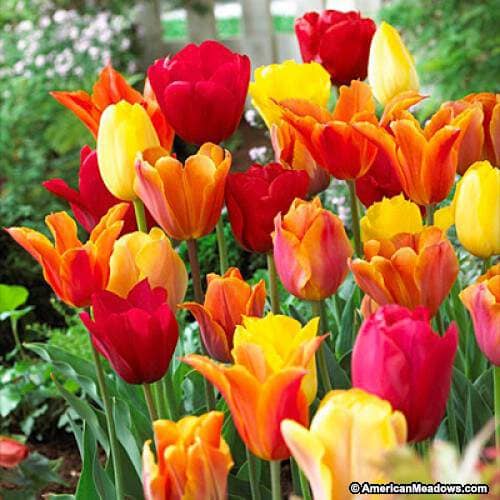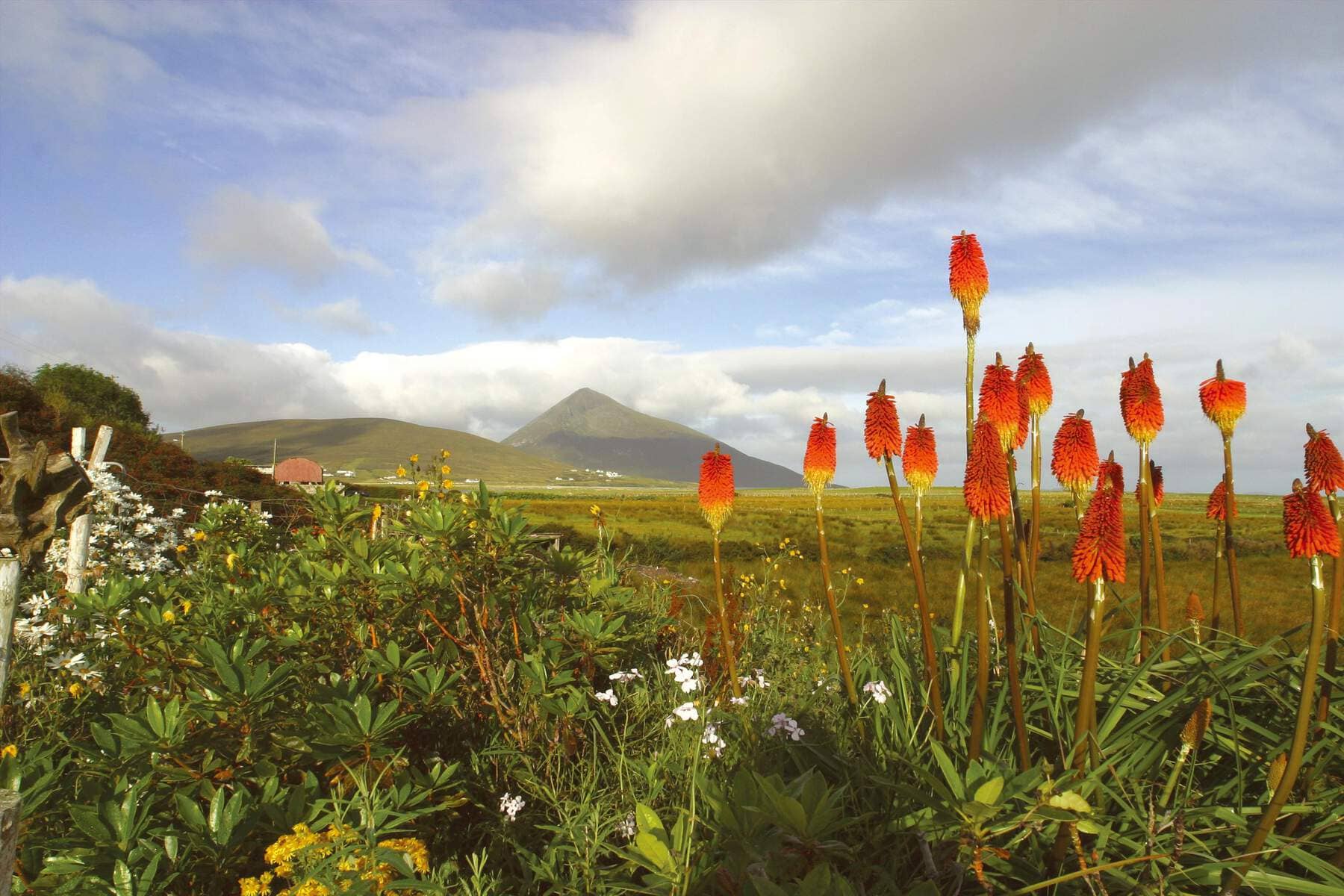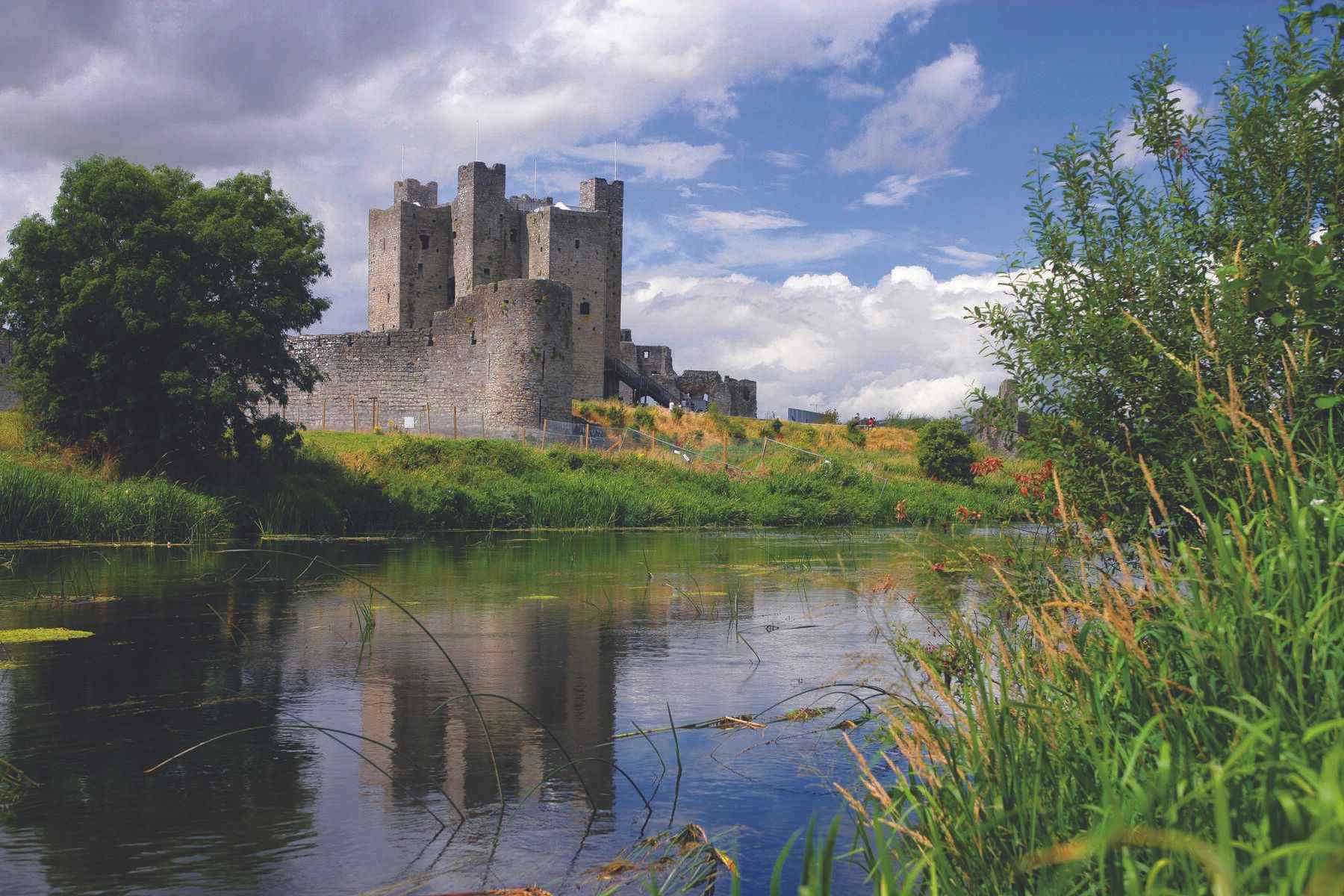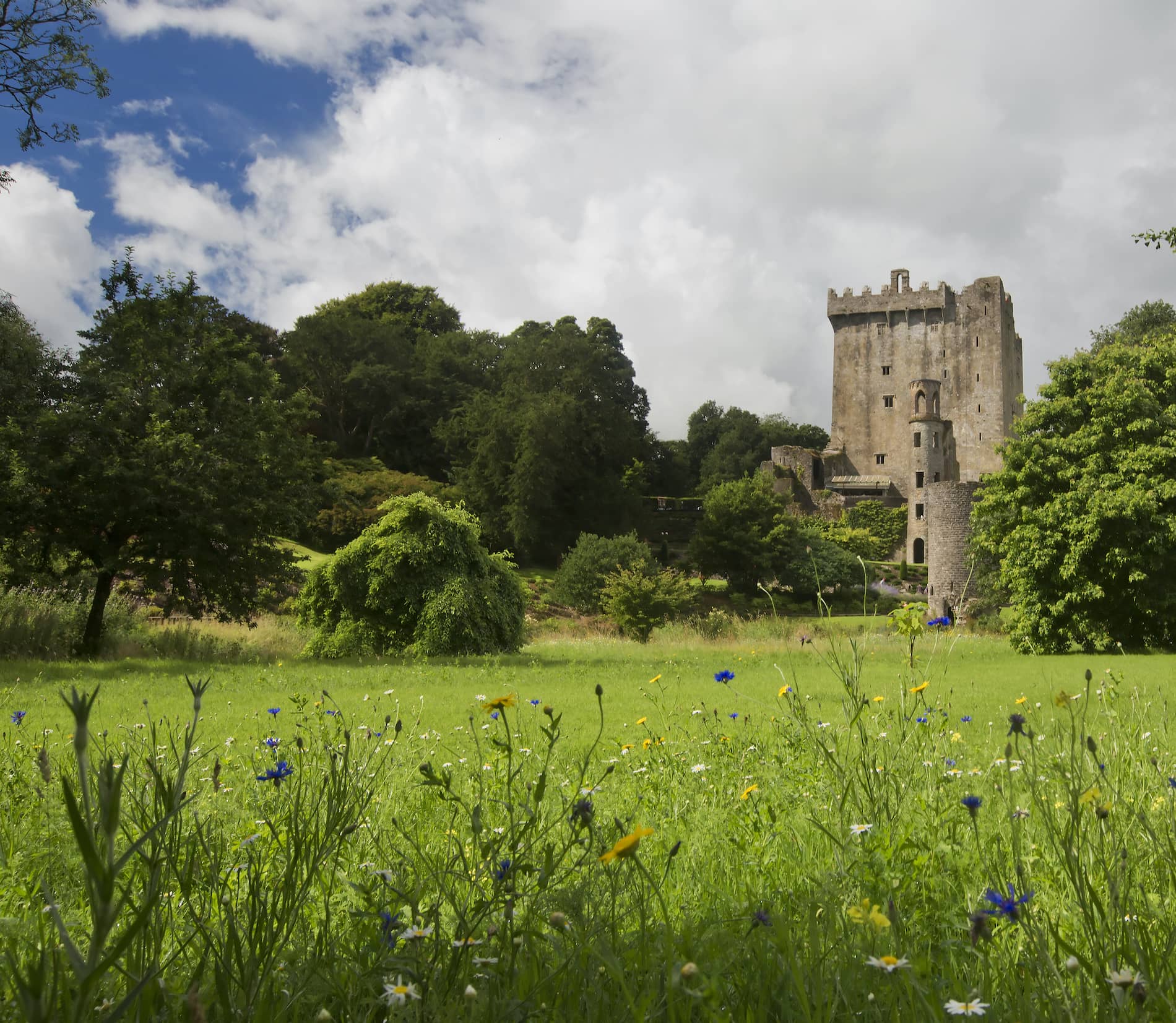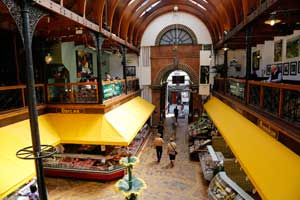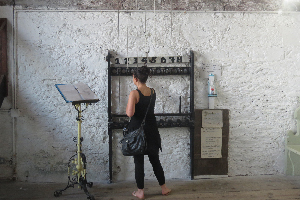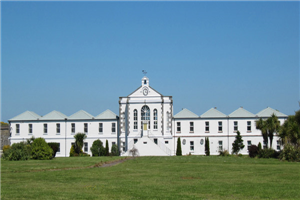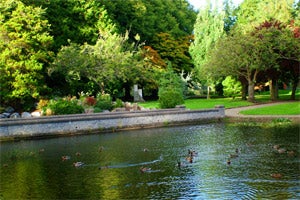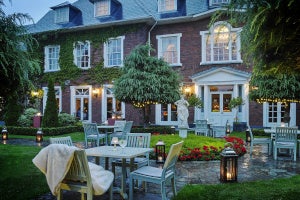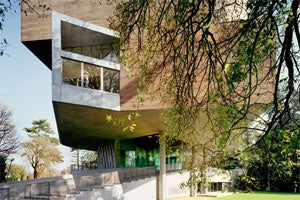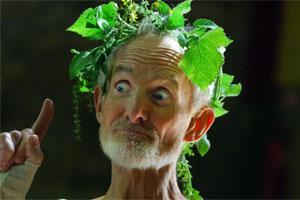Blarney Castle
Blarney was built nearly 600 years ago by the great chieftain Cormac MacCarthy, Lord of Muskerry, known as “The Strong”. While much of the structure is in ruins, there is no lack of things to see here.
Beneath the main structure lies a labyrinth of underground passages, built throughout the Middle Ages. Most of them are inaccessible but you can still visit the chilling dungeon, which was used to hold unfortunate prisoners. From these underground depths, climb the stone steps to the battlements at the very top of the castle and enjoy the views of the surrounding countryside. And if you’re wondering about that tall structure beside the castle, that’s the watch tower, still standing and casting a suspicious eye over the Blarney demesne.
In spite of its ruin, Blarney Castle still captures the imagination. As you descend from the battlements, you can peer down into the roofless structure and picture just how it might have looked in its prime – the banqueting hall bustling with medieval nobles and their servants, the family room, glazed and luxurious by the standards of the time. Let's not forget the sinister murder hole – a pit in the floor used to drop rocks or boiling water on invaders.
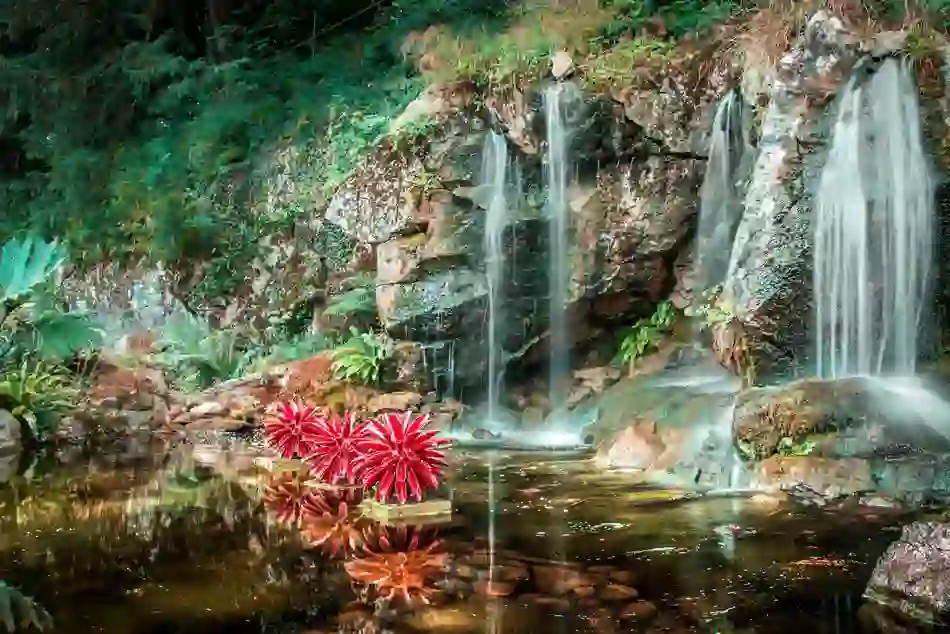
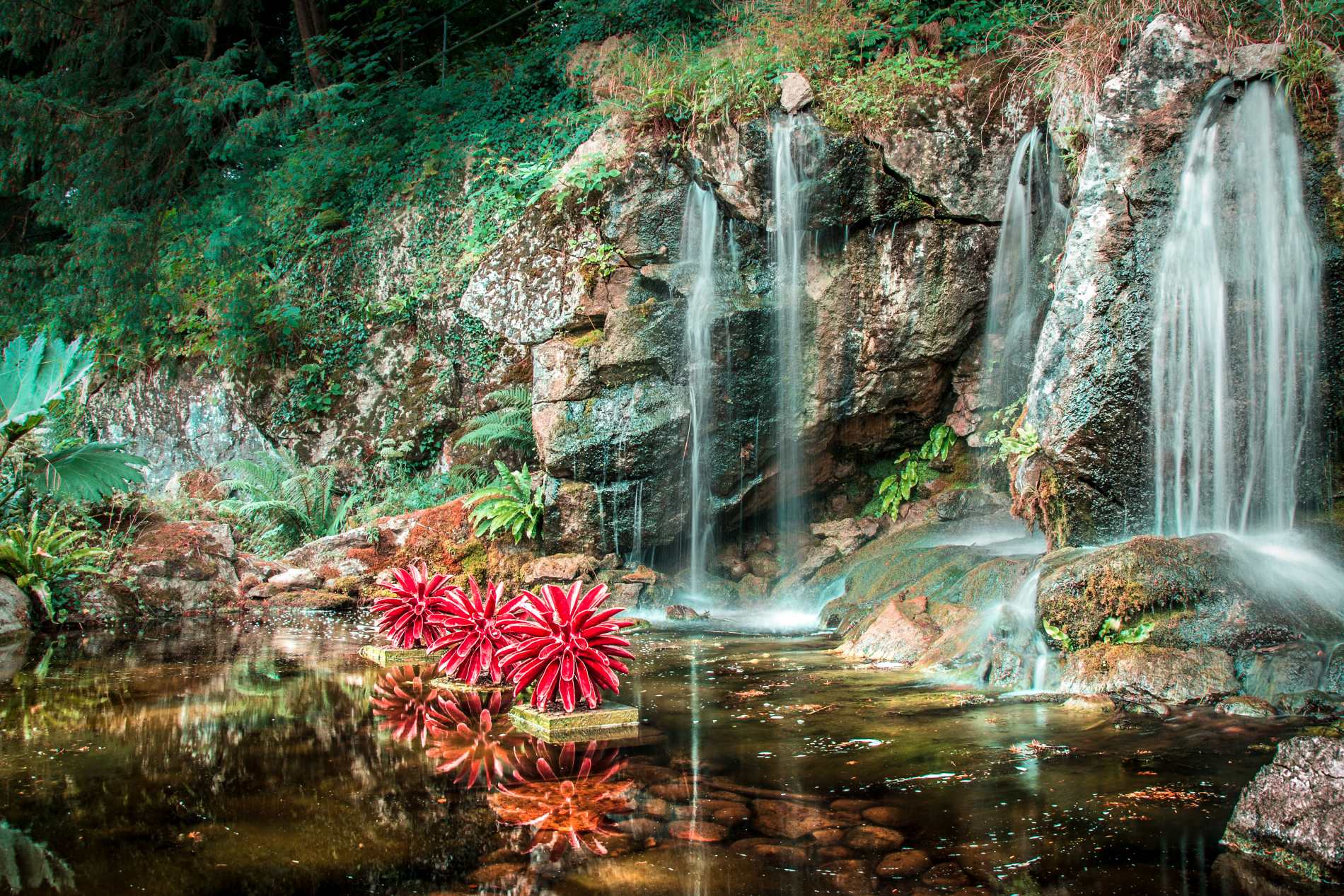
Blarney Castle Gardens, County Cork © Shutterstock
The gardens at Blarney Castle
While you’re waiting your turn to kiss the Blarney Stone, take a look around. From your position on the castle’s battlements you have a perfect view over the estate’s 60 acres of sprawling parklands.
If you’d like a closer look at those vibrant, green lands, there are a range of walks you can take, including a guided tour that covers all the highlights of the estate. Explore the Fern Garden, with its limestone cliff that overlooks more than 80 types of ferns; make a wish on the famous Wishing Steps, while listening to the natural music of the nearby waterfall cascading against the rugged terrain; or stroll around the exotic Himalayan Walk.
Danger: poison!
Just behind the castle, you’ll find the intriguing Poison Garden, home to a collection of poisonous plants from around the world, including wolfsbane, mandrake and ricin. Each plant is expertly labelled with up-to-date information regarding its level of toxicity and uses.
During the 1400s, the locals would use these plants to create herbal remedies to cure various ailments plaguing the community. Today, it’s a fascinating place that you are invited to enter at your own risk!
Blarney Castle and Gardens
© Shutterstock







